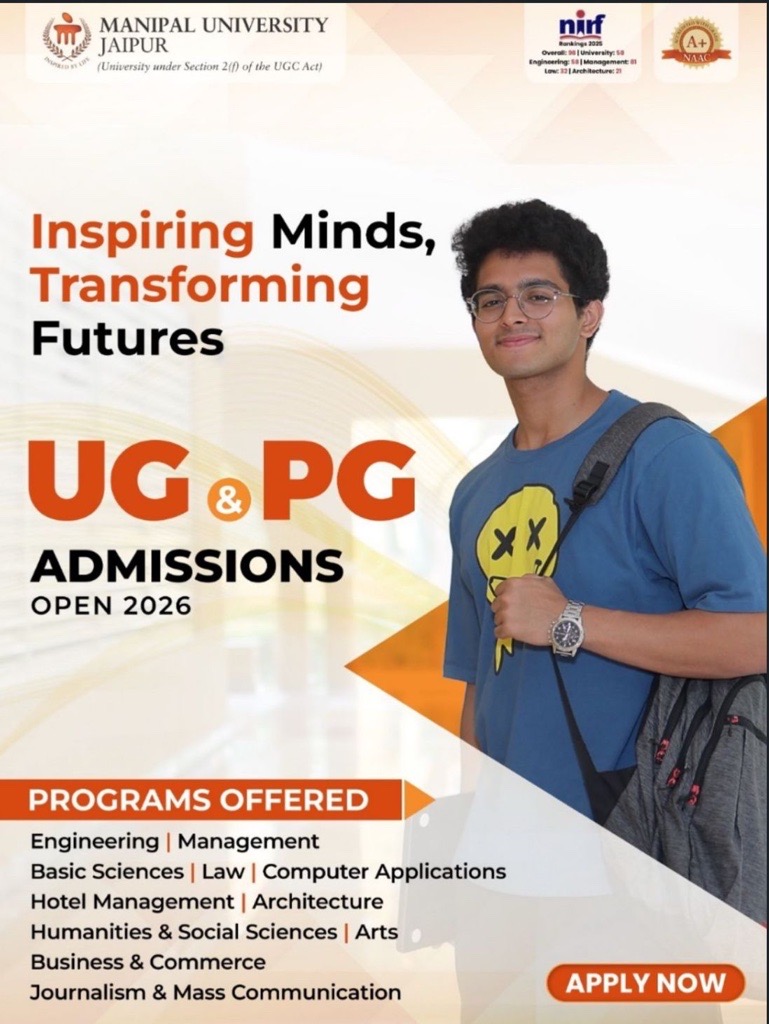Top 5 Simplest Government Exams
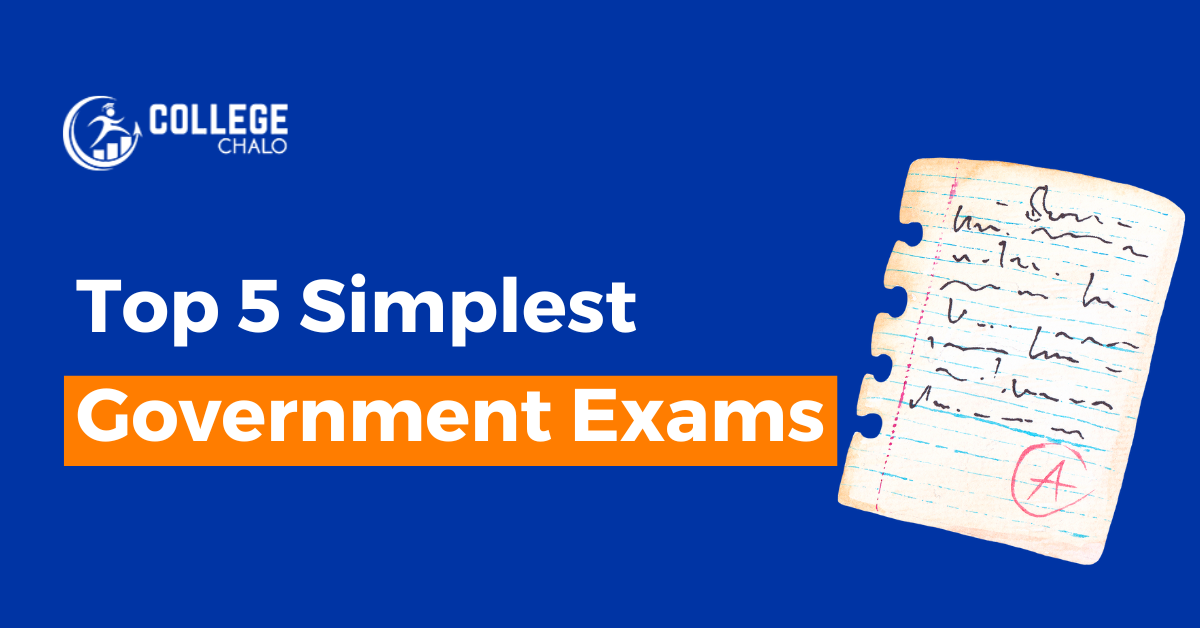
Looking to work in the government sector, but worried about the difficulty of the entrance exams? Have no fear, since we have produced a list of the Top 5 Simplest Government Exams. Although most government exams have a reputation for being extremely challenging, there are a select few that can be passed with adequate study and effort.
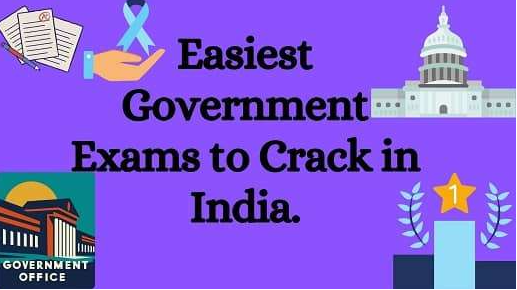

We’ve compiled a list of the Top 5 Simplest Government Exams that may lead to satisfying careers in the public sector. Prepare yourself to succeed in these tests and take the first step towards a stable and rewarding job in the public sector!
Here’s the List of the Top 5 Simplest Government Exams
-
RRB Group D
-
SSC CHSL
-
RRB NTPC
-
Central Teachers Eligibility Test
-
SSC Stenographer
Public sector organisations in India hold competitive examinations to select the most qualified candidate for a position. Exam candidates are ranked based on their grades and percentile. The best scorers are then chosen. It is an egalitarian method for selecting qualified candidates objectively, equitably, and transparently. In competitive examinations, merit is not the only selection criterion. Few government policies influence the selection process for government jobs that are simple.

To obtain a government position, applicants must pass an examination. However, many people believe that obtaining a government job is difficult, but with the proper preparation and practice, anyone can pass these exams. This post will examine the list of the Top 5 Simplest Government Exams that are simplest to pass and offer lucrative compensation.
Let’s examine each exam on the list of Top 5 Simplest Government Exams in depth to determine which is the easiest to pass. Candidates have the option of taking one of these simplest government examinations.
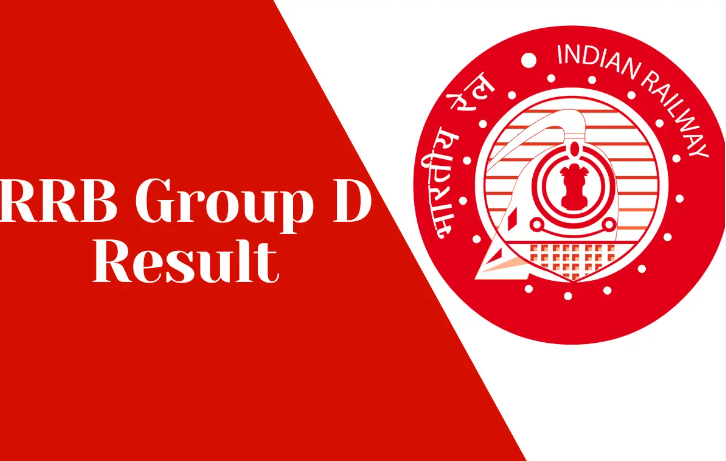

The Railway Recruitment Board’s (RRB) Group D examination recruits candidates for Group D positions on the Indian Railways, including fitter, assistant, cabin man, gagman, etc. The RRB Group D examination is among the simplest government exams to pass and is on topmost in the list of Top 5 Simplest Government Exams.
The RRB Group D examination consists of two parts: a written test and a physical performance evaluation. The RRB Group D examination does not include any sessions of personal interviews. The written examination is very simple to pass, as it consists of a curriculum from 10th grade that can be studied using NCERT texts.
The 100-question written examination is divided into four sections: general English, numerical ability, general intellect, and general awareness. Each section consists of 25 questions, and each question is worth one point. In addition, there are a total of 90 minutes to complete the written section.
The initial remuneration of a successful RRB Group D exam candidate is approximately Rs 18,000. In addition, they receive various other allowances, such as housing rent, overtime pay, premium pay, etc.

The Railway Group D examination is administered in two phases.
- Computer Based Test
- Physical Efficiency Test
| Section | Number of Questions | Maximum Marks |
Duration |
| General English | 25 | 25 | 90 minutes |
| Numerical Ability | 25 | 25 | |
| General Intelligence | 25 | 25 | |
| General Awareness | 25 | 25 | |
| Total | 100 | 100 |
2. SSC CHSL
Second, on the Top 5 Simplest Government Exams is the Staff Selection Commission (SSC) of the Indian government administers the CHSL examination to fill positions such as lower divisional clerks, data entry operators, postal assistants, and others. The SSC CHSL is one of the simplest examinations in India.
Staff Selection Commission Combined Higher Secondary Level (SSC CHSL) examinations are administered annually across India. This is a highly competitive examination administered to select high school graduates for various government departments and officer positions. This is conducted to recruit qualified candidates for the various ministry positions. These non-technical positions are essential in union governments and large workforces, and they are crucial.
The examination consists of three stages: a computer-based test, a skill test, and a written test. The one-hour long, 200-point written exam at the secondary school level is worth 200 points. The total number of questions is 100, and they are divided into four categories: general English, numerical ability, general intellect, and general awareness. The salary of a candidate who passes the examination begins at Rs 36,000. Employees who have served for five years are promoted. The opportunities for advancement include positions such as principal supervisor, section officer, etc.
Staff Selection Commission Combined Higher Secondary Level (SSC CHSL) examinations are administered annually across India. This is a highly competitive examination administered to select high school graduates for various government departments and officer positions. This is conducted to recruit qualified candidates for the various ministry positions. These non-technical positions are essential in union governments and large workforces, and they are crucial.
A composite High School examination is administered in three phases. Tier 1 is an online examination. Tier 2 is a descriptive exam, whereas Tier 3 is a skills test. The online examination comprises the following section.
| Section | Number of Questions | Maximum Marks |
Duration |
| General English | 25 | 50 | 60 minutes |
| Numerical Ability | 25 | 50 | |
| General Intelligence | 25 | 50 | |
| General Awareness | 25 | 50 | |
| Total | 100 | 200 |
Also, read Best 5 Time Management Tips for Competitive Exams
3. RRB NTPC
The RRB NTPC is one of the simplest government exams on the Top 5 Simplest Government Exams in India. The exam is primarily used to recruit non-technical personnel for the Indian Railways. The examination consists of four phases: the first and second stages are computer-based assessments, the third stage is a skills test, and the fourth stage consists of document verification and a physical examination.
The first stage consists of 100 multiple-choice questions that candidates have 90 minutes to answer. The queries assess general intellect, general knowledge, and numerical aptitude. Similarly, the second stage consists of 120 questions and lasts for 90 minutes. Second-stage topics include general intelligence, general knowledge, and numerical ability.
Candidates who pass the RRB NTPC exam receive an initial remuneration of about Rs 19,900. In addition, they receive allowances such as the housing rent allowance and the dearness allowance. Eventually, the in-hand salary of candidates rises to between Rs 33,000 and Rs 40,000 per month.
The RRB NTPC recruitment procedure will occur annually to cover available positions.
NTPC recruitment comprises Tier 1-Computer Exam, Tier 2-, Computer-based exam, Skill Test, Document Verification, and Medical Exam. The RRB NTPC recruitment process will happen every year to fill the vacancies available.
NTPC recruitment includes
- Tier 1-Computer-Based Exam
- Tier 2-Computer Based Exam
- Skill Test
- Document Verification & Medical Examination
Exam Pattern
Tier 1
| Section | Number of Questions |
Maximum Marks |
Duration |
| Numerical Ability | 30 | 30 | 90 minutes |
| General Intelligence | 30 | 30 | |
| General Awareness | 40 | 40 | |
| Total | 100 | 100 |
Tier 2 Pattern
| Section | Number of Questions |
Maximum Marks |
Duration |
| Numerical Ability | 35 | 35 | 90 minutes |
| General Intelligence | 35 | 35 | |
| General Awareness | 50 | 50 | |
| Total | 120 | 120 |
4. SSC Stenographer
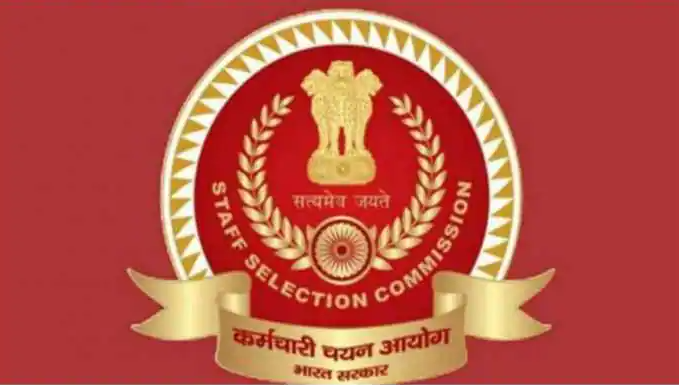
Next on the Top 5 Simplest Government Exams is the SSC Stenographer. The SSC administers the examination for the recruitment of Grade C and Grade D stenographers. The examination consists of two parts: a computer-based test and a skills evaluation. The test consists of three sections: general intelligence, general knowledge, and English language.
The computer-based test section of the examination carries a total of 200 points, 50 of which are assigned to general intellect and the English language, and 100 to general awareness.
120 minutes are allotted to complete the computer-based examination. Candidates who pass the examination will receive an initial salary of Rs 34,000, in addition to other allowances. Candidates receive the promotion after a period of time, and a stenographer is promoted to principal private secretary.
For future reference, these transcriptions become part of public records and official documents. Stenographers input data into a system, and a computer converts encoded text into the desired language. The selection procedure consists of a Tier 1 exam and a skills examination. The selection process includes
- Tier 1 Computer-based exam
- Tier 2 Skill test
Exam Pattern
| Section | Number of Questions | Maximum Marks | Duration |
| English Language | 100 | 100 | 120 minutes |
| General Intelligence | 50 | 50 | |
| General Awareness | 50 | 50 | |
| Total | 200 | 200 |
.
5 . Central Teachers Eligibility Test
Last on the Top 5 Simplest Government Exams is the Central Teachers Eligibility Test (CTET) for our teaching aspirants. Candidates who pass this examination are eligible to register for teaching positions in Kendriya Vidyalayas, the education system administered by the Central Government.
CTET, or the Central Teacher Eligibility Test, is a national exam administered by the Central Board of Secondary Education (CBSE) in India. It is used to determine whether candidates are qualified for employment as instructors. CTET occurs twice per year and is for instructors who wish to instruct courses 1 through 8.
CTET is one of the most popular government exams due to the fact that the result is legitimate for seven years after it is announced and there is no negative marking. The examination consists of two sections: one for teaching students in classes 1 through 5, and the other for teaching students in classes 6 through 8.
The examination format comprises two pairs of the first and second papers.
The exam pattern includes two sets Paper 1 and Paper 2.
Exam Pattern
Paper 1
| Section | Number of Questions | Maximum Marks | Duration |
| Child Development & Pedagogy |
30 | 30 | 150 minutes |
| Language 1 (Compulsory) | 30 | 30 | |
| Language 2 (Compulsory) | 30 | 30 | |
| Mathematics | 30 | 30 | |
| Environmental Studies | 30 | 30 | |
| Total | 150 | 150 |
Paper 2
| Section | Number of Questions | Maximum Marks | Duration |
| Child Development& Pedagogy | 30 | 30 | 150 minutes |
| Language 1 (Compulsory) | 30 | 30 | |
| Language2 (Compulsory) | 30 | 30 | |
| Mathematics/Science OR Social Science/ Studies |
60 | 60 | |
| Total | 150 | 150 |
Moreover, each exam has 150 minutes and 150 points. Child development and pedagogy, mathematics, environmental studies, and language one and two are the topics of the first paper. Similarly, the second exam includes questions on child development and pedagogy, mathematics and science, social studies/social sciences, and language one and Language two.
CONCLUSION
In conclusion, while it is true that government examinations in India may be fairly difficult, there are still a variety of possibilities available to individuals who are interested in pursuing a job in the public sector. Candidates may tailor their test preparation to their own strengths and interests by reading rankings of the Top 5 Simplest Government Exams. Candidates should remember that passing any examination involves hard study and devotion. Working for the government has numerous advantages, including job stability and other perks. The simplest government examinations in India might help you get started on your path to a fulfilling career in the public sector.







